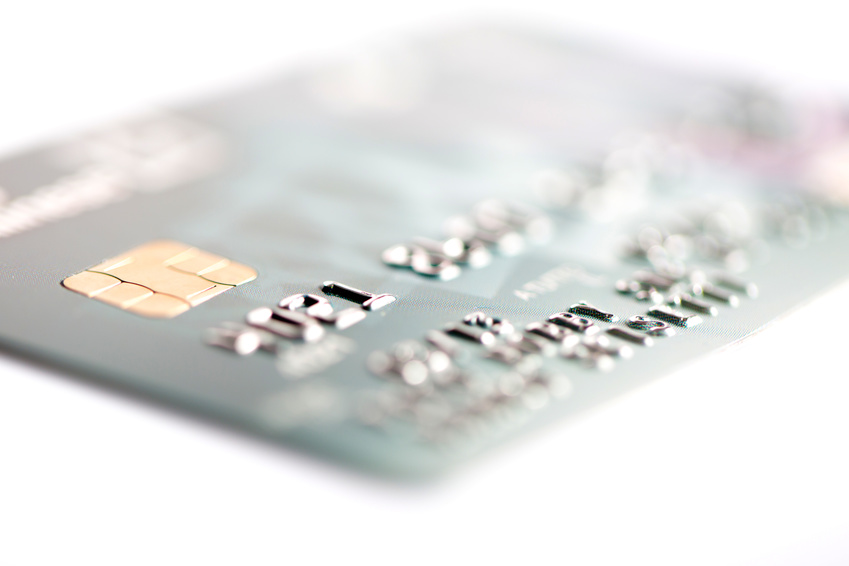Mobile payment supporters have long wanted an easier path to payment acceptance. Thanks to the switch to EMV cards, they may have gotten their wish. However, while mobile payments are making a big impact, they are making some look at the downside. That downside being the increased chance of fraud via mobile payments and CNP (card not present) payments. CNP fraud is on the rise, both with mobile payment systems and online payments, and this can cause panic for some in the processing industry.
While customers and merchants are happy about the rise in mobile payments, many processors are not. The fraud levels are bound to rise, even though many thought that the EMV card change would eliminate this threat. Fraudsters will always find a way to obtain the information that they want, and they evolve faster than the processing industry. While security software is a must for all merchants, it doesn’t always protect from a hacking.
There are things that merchants can do to protect themselves and their customers, even if they wish to provide mobile payment access. First, be sure to check the ID’s of those who have in-person purchases. The majority of adults have a photo ID card, or other form of ID, so this should not be of any issue. This is also helpful for apps that store card information, such as ApplePay, where the card is not shown. This usually stops a fraudster in his or her tracks. You also need to make sure that your merchant account provider is experienced in dealing with issues that come from mobile payment systems.
Your best bet is to obtain a high risk merchant account. While not all high risk merchant account providers are experienced with mobile payment systems, many like EMB are. This expertise can help you keep a watch on your accounts, to know when something abnormal has happened. It also helps you when a threat of a chargeback occurs. While this can happen to any merchant, a merchant that accepts CNP payments or mobile payments are at an increased risk.


